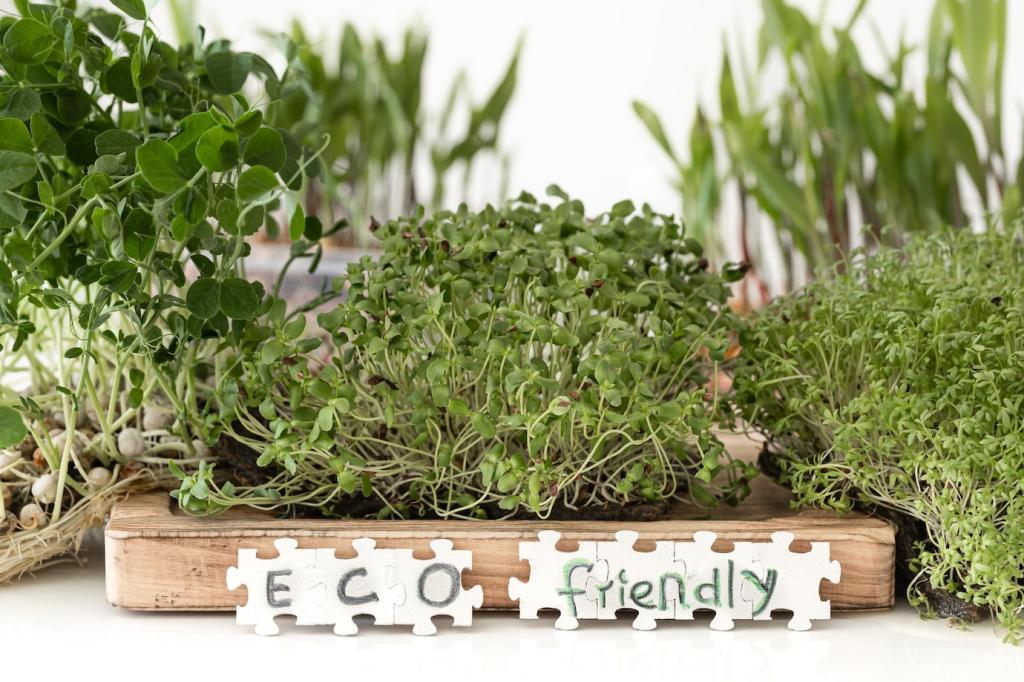
Sustainable Materials Revolution in Fashion
The fashion industry is undergoing a profound transformation driven by the urgent need for environmental responsibility and ethical production methods. At the heart of this change is the adoption of sustainable materials, which are redefining how clothing is designed, manufactured, and consumed. These innovations signify a shift toward mindful resource management, lower carbon footprints, and a commitment to a more circular economy. As consumers become increasingly aware of the impact their choices have on the planet, the fashion sector is embracing renewable fibers, recycled textiles, and eco-friendly processes. The sustainable materials revolution marks a pivotal moment that goes beyond trends, aiming for lasting impact and a harmonious relationship between style and sustainability.
Evolution of Sustainable Materials in Fashion
From Natural Origins to Synthetic Solutions
The Role of Scientific Advancements
Shaping Consumer Expectations
Key Sustainable Textiles Transforming the Industry
Organic and Regenerative Fibers
Plant-Based and Bioengineered Fabrics
Recycled and Upcycled Textiles

The Role of Technology and Digital Solutions

Circular Business Models
Stakeholder Collaboration and Partnerships
Transparent Reporting and Accountability
Consumer Impact and Changing Behaviors
Aligning Values with Purchasing Decisions

Environmental and Social Benefits of Sustainable Materials

